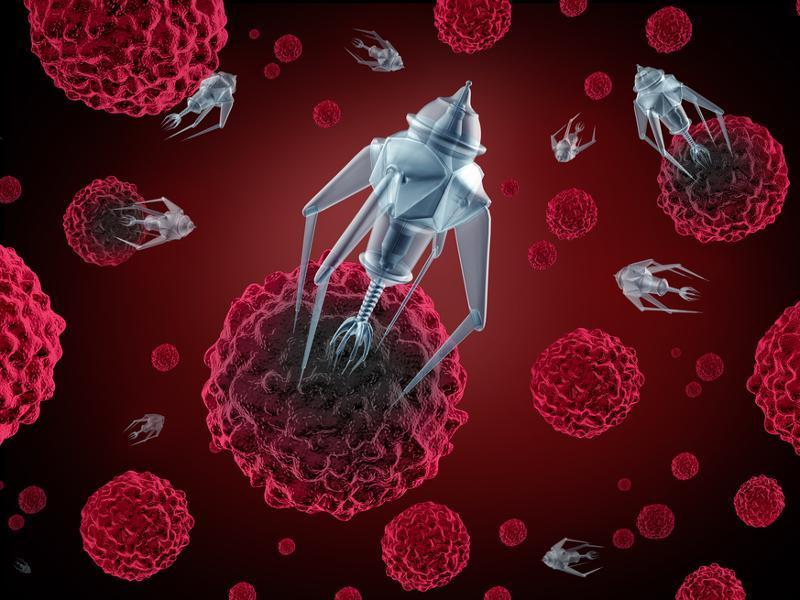NANOMEDICINE - WHAT IS IT?
NANOMEDICINE - WHAT IS IT?
In today's article, we will take a look at a new emerging area of medicine - nanomedicine. To begin with, it is worth understanding what it is. Nanomedicine is a field in medicine that uses nanotechnology to achieve results. The materials used in nanomedicine are very different from what we are used to because they are much smaller. This size makes it possible to work with DNA, proteins and to interact with human organs and tissues at different levels.
By using nanomedicine, doctors have the opportunity to detect disease at an early stage, to prevent it, and to diagnose, treat and monitor complex diseases such as AIDS, cancer and so on.
At the moment, scientists are conducting research in various fields of medicine using nanotechnology. There are already some 80 successfully marketed products in the fields of pharmacology, diagnostics, medical imaging, nanotechnology and much more.
The impact of nanomedicine
There is no doubt that nanomedicine, like any other technological breakthrough, has quite an impact on other areas of medicine, such as regenerative, personalized and targeted medicine. It provides a whole new level of treatment, diagnosis and medicine. It can also help with human problems such as aging!
Through the use of nanotechnology in medicine, health care efficiency can be improved, allowing many medicines and treatments to be made available to the entire population.
Expectations
Nowadays, medicine is still trying to find cures for Alzheimer's and Parkinson's disease, various cardiovascular diseases, sclerosis, HIV and other inflammatory and infectious diseases. Most of these diseases affect not only the health of the patient, but also the surrounding society in one way or another. As such, there are now high hopes for nanomedicine to help tackle all these terrible diseases and make this treatment available to all.
Some areas of medicine are waiting to develop this new direction, while others are already taking advantage of nanotechnology to the extent that they can. For example, they are used in targeted drug delivery systems, nanoscale diagnostics (detecting disease as early as possible), and artificial organs (skin, tissue and cartilage).
Safety first!
As with any medicine or medical device, there are both benefits and possible risks to the patient in nanomedicine. At the moment, some projects are urgently investigating this issue so that nanotechnology can be used in medicine as soon as possible. In addition, there may be a problem with society's acceptance of new treatments and scientists also need to come up with a smooth way of introducing nanomedicine into current realities.
I also read a lot about nanomedicine. I never thought that I would live to see the time when medicine will go so far. Despite the risks and disadvantages of this technology, this technology is capable of a lot. I think in a few more years, and nanomedicine will be able to find a way to cure Parkinson's disease, HIV, Alzheimer's. For scientists and engineers striving to achieve a result, it seems to me that nothing is impossible!
